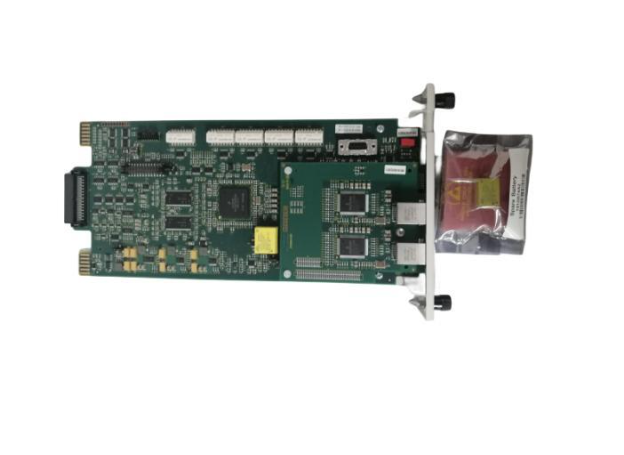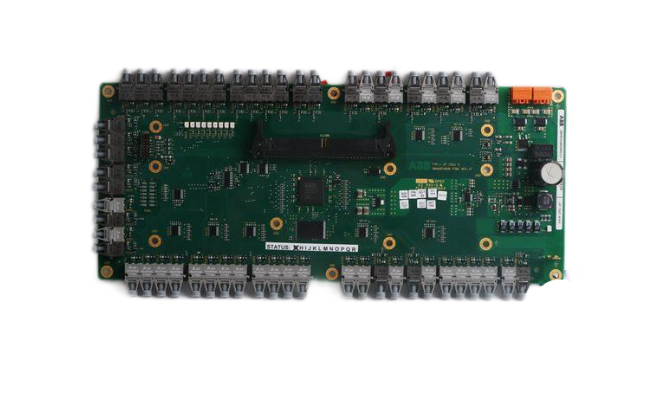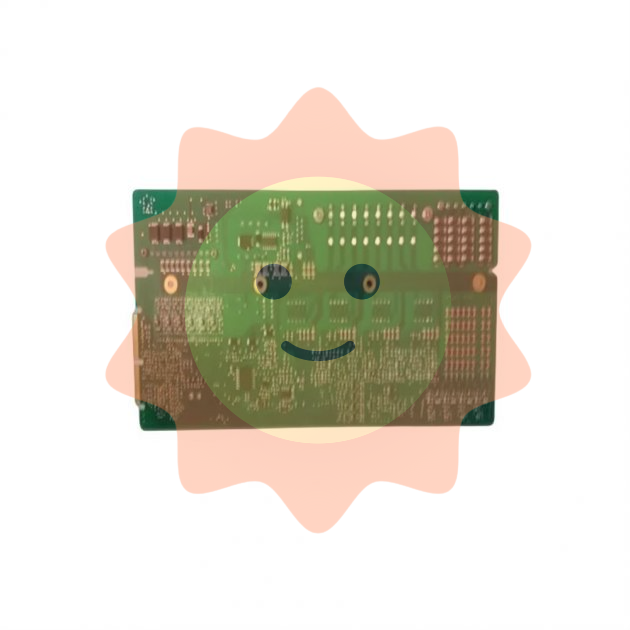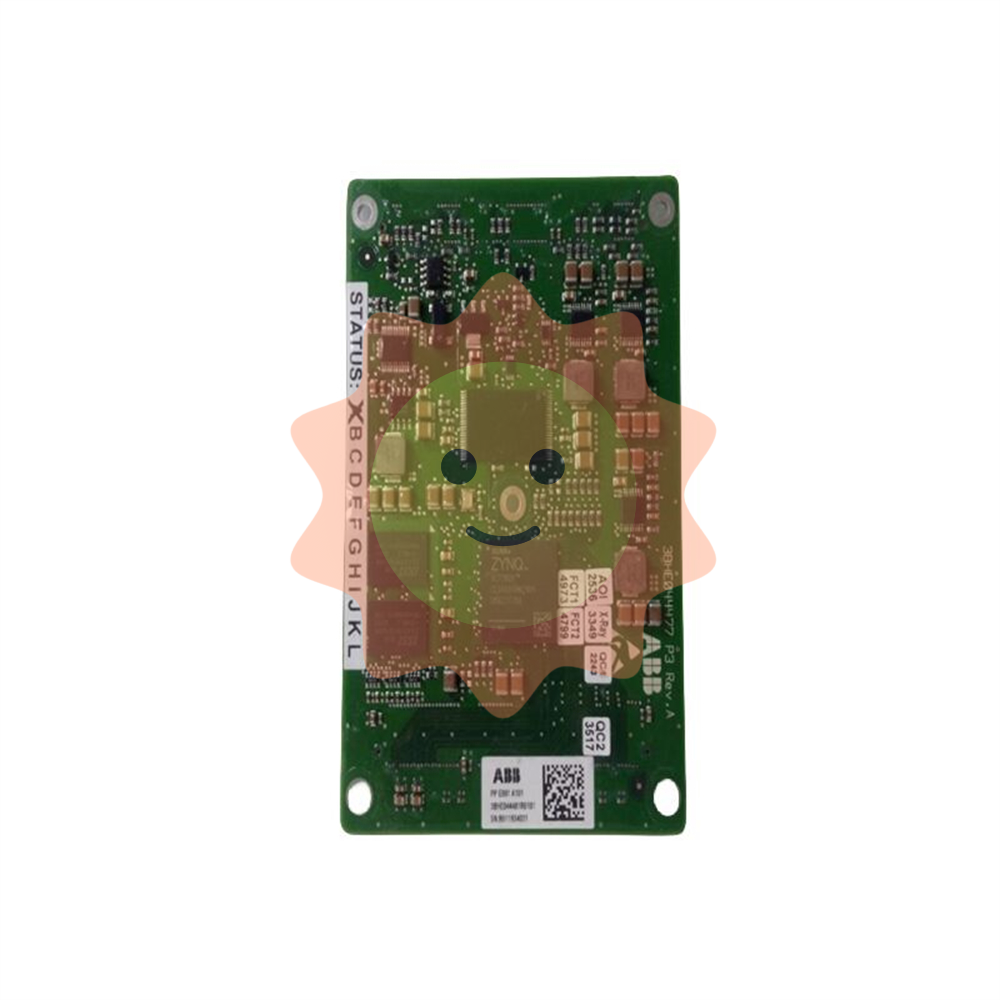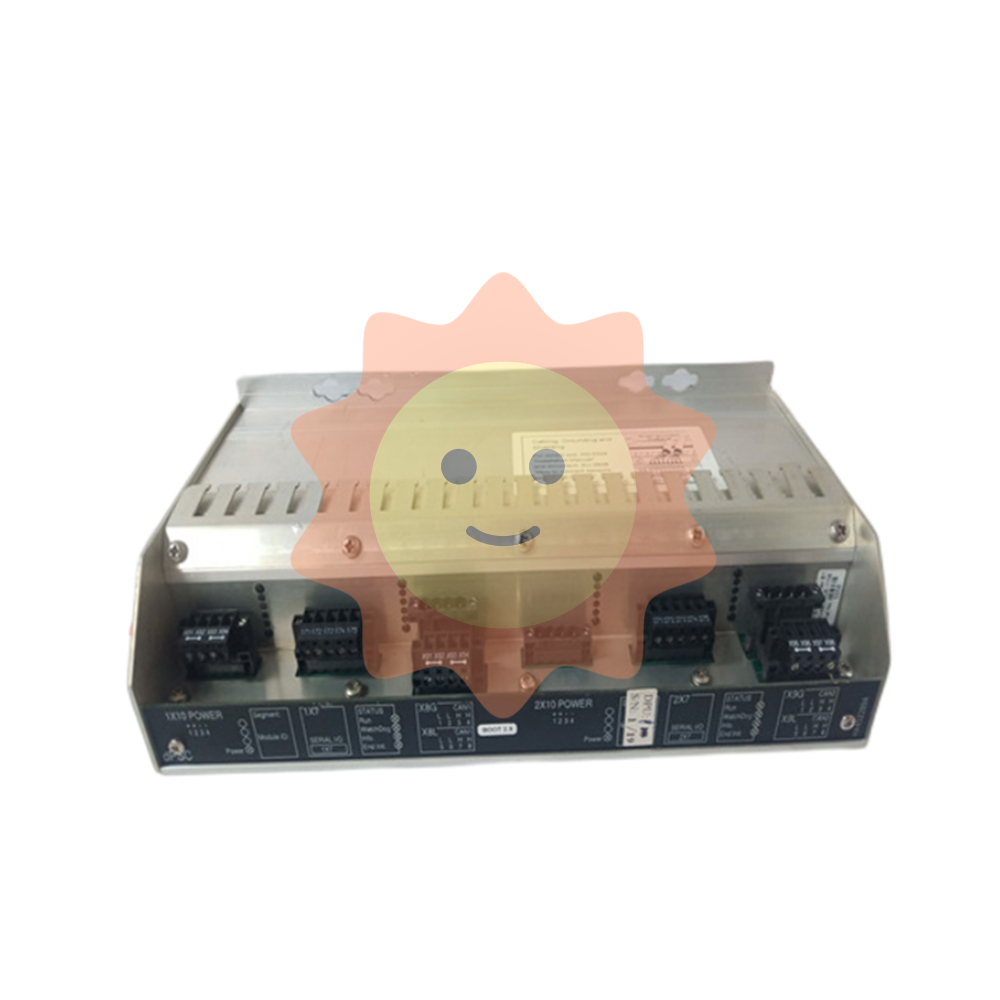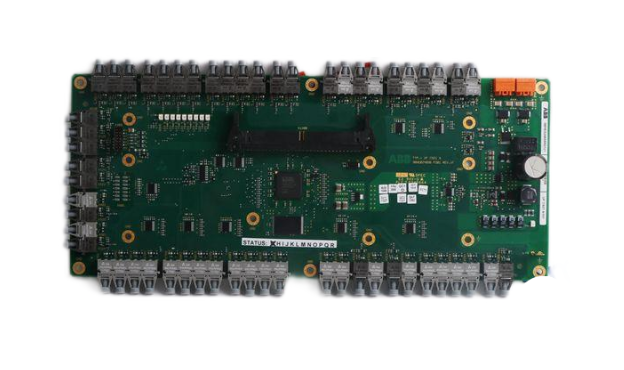The advanced stage of social development in early modern Europe
From political empowerment, to economic empowerment, and then to cultural empowerment, compared with "printed books", "printed pamphlets" once again reflect its superior advantages of being more adaptable to the requirements of The Times and more environmentally constructive.
peroration

To sum up, not only in Gutenberg's "the first hundred years after the invention of printing", but even in the "three hundred years", that is, in the centuries from 1455 to 1800, which form of media through a wide range of "empowerment" and "empowerment", so as to "manifest" the real arrival of the "printing civilization" of "bright stars". It is clear, then, that it is not the "printed book" that is still mainly enjoyed by the elite as a "work of art," but the "printed booklet" that is "everywhere" as a "loved one." Rogers' theory of "diffusion of innovation" states that "many innovations require a long process, often lasting many years, before they become widely accepted." [24] The obvious social effect of the gap between "printed books" and "printed pamphlets" shows that whether the media, as an extension of people, is sufficiently "innovative" is first determined by technology, but whether it can quickly "spread" is also a comprehensive consideration of many factors, one of which is the specific form of the media.
The invention of Gutenberg's movable-type printing is of course an epoch-making technological revolution, but the constraints of form, at least in the "first hundred years" greatly eliminated the role of this technological revolution in the rapid advance of human society to "printing civilization". McLuhan identified the technical "innovation" of Gutenberg's movable type, but did not see that this technical "innovation" did not "spread" rapidly in the initial stage. Eisenstein found the slow "diffusion" of printing culture in the initial stage, but did not find that the constraints of the form level were an important reason for this slow "diffusion". Media is not only a channel through which information can be disseminated, but also a "constructor of the relationship between different subjects" in essence [25]. The printed book is "new media" in the technical dimension, but "old media" in the formal dimension, which mainly constructs a social relationship in which a small number of elites can be "empowered" and "empowered". The printed booklet is not only a "new media" in the technical dimension, but also a "fusion media" in the formal dimension, and its main construction is a social relationship that ordinary people can be "empowered" and "empowered". As the saying goes, "a miss is as good as a thousand miles", there is no essential difference between "printed books" and "printed pamphlets" in the technical dimension, but there is a "slight" difference in the form dimension. But precisely because of this, one does not make a "deep impression" in the "first hundred years," while the other, as "loved by all," becomes a real symbol of the apparent arrival of "printing civilization."
- EMERSON
- Honeywell
- CTI
- Rolls-Royce
- General Electric
- Woodward
- Yaskawa
- xYCOM
- Motorola
- Siemens
- Rockwell
- ABB
- B&R
- HIMA
- Construction site
- electricity
- Automobile market
- PLC
- DCS
- Motor drivers
- VSD
- Implications
- cement
- CO2
- CEM
- methane
- Artificial intelligence
- Titanic
- Solar energy
- Hydrogen fuel cell
- Hydrogen and fuel cells
- Hydrogen and oxygen fuel cells
- tyre
- Chemical fiber
- dynamo
- corpuscle
- Pulp and paper
- printing
- fossil
- FANUC
- Food and beverage
- Life science
- Sewage treatment
- Personal care
- electricity
- boats
- infrastructure
- Automobile industry
- metallurgy
- Nuclear power generation
- Geothermal power generation
- Water and wastewater
- Infrastructure construction
- Mine hazard
- steel
- papermaking
- Natural gas industry
- Infrastructure construction
- Power and energy
- Rubber and plastic
- Renewable energy
- pharmacy
- mining
- Plastic industry
- Schneider
- Kongsberg
- NI
- Wind energy
- International petroleum
- International new energy network
- gas
- WATLOW
- ProSoft
- SEW
- wind
- ADVANCED
- Reliance
- YOKOGAWA
- TRICONEX
- FOXBORO
- METSO
- MAN
- Advantest
- ADVANCED
- ALSTOM
- Control Wave
- AB
- AMAT
- STUDER
- KONGSBERG
- MOTOROLA
- DANAHER MOTION
- Bently
- Galil
- EATON
- MOLEX
- Triconex
- DEIF
- B&W
- ZYGO
- Aerotech
- DANFOSS
- KOLLMORGEN
- Beijer
- Endress+Hauser
- MOOG
- KB
- Moxa
- Rexroth


Email:wang@kongjiangauto.com


































































































